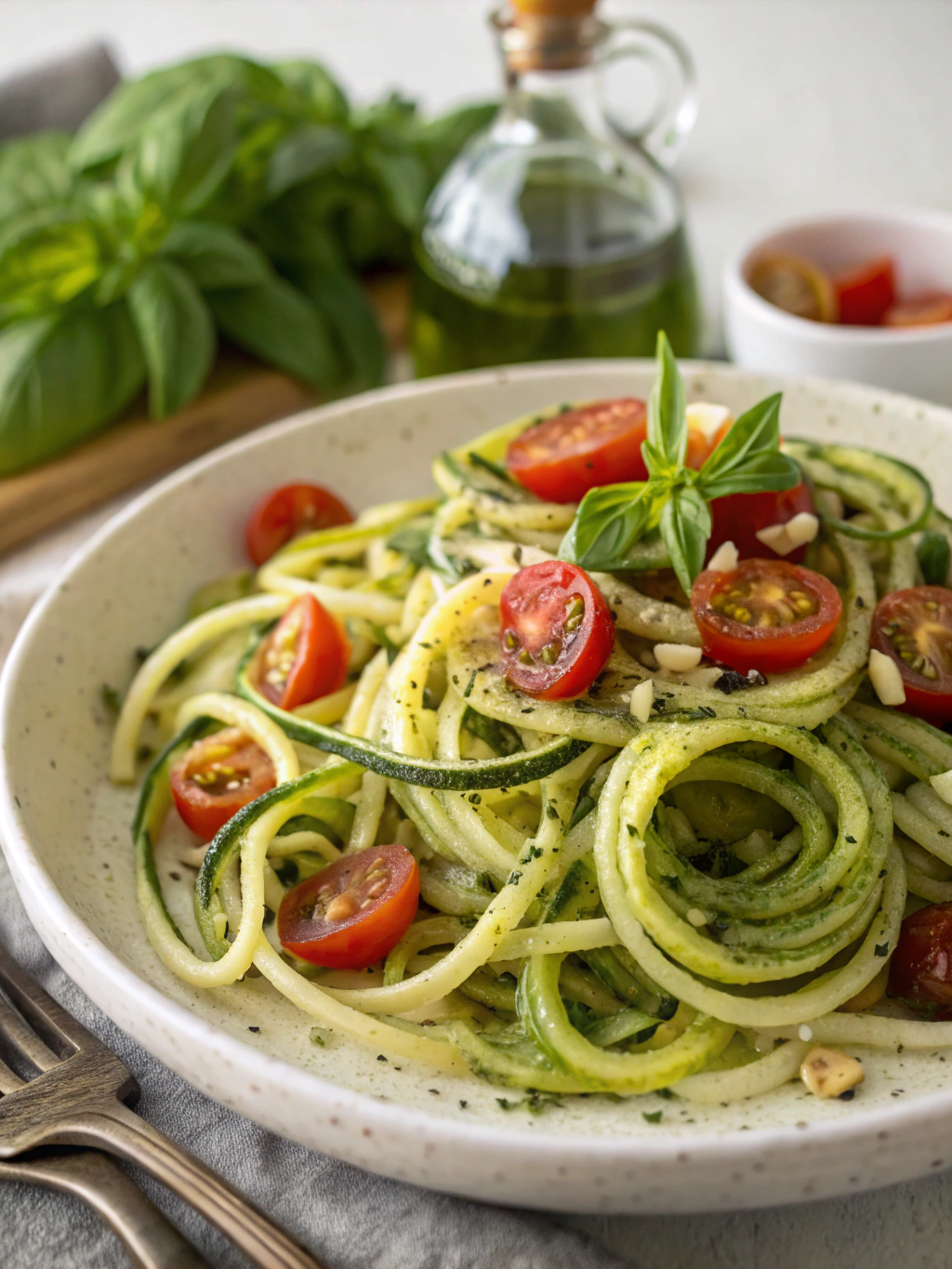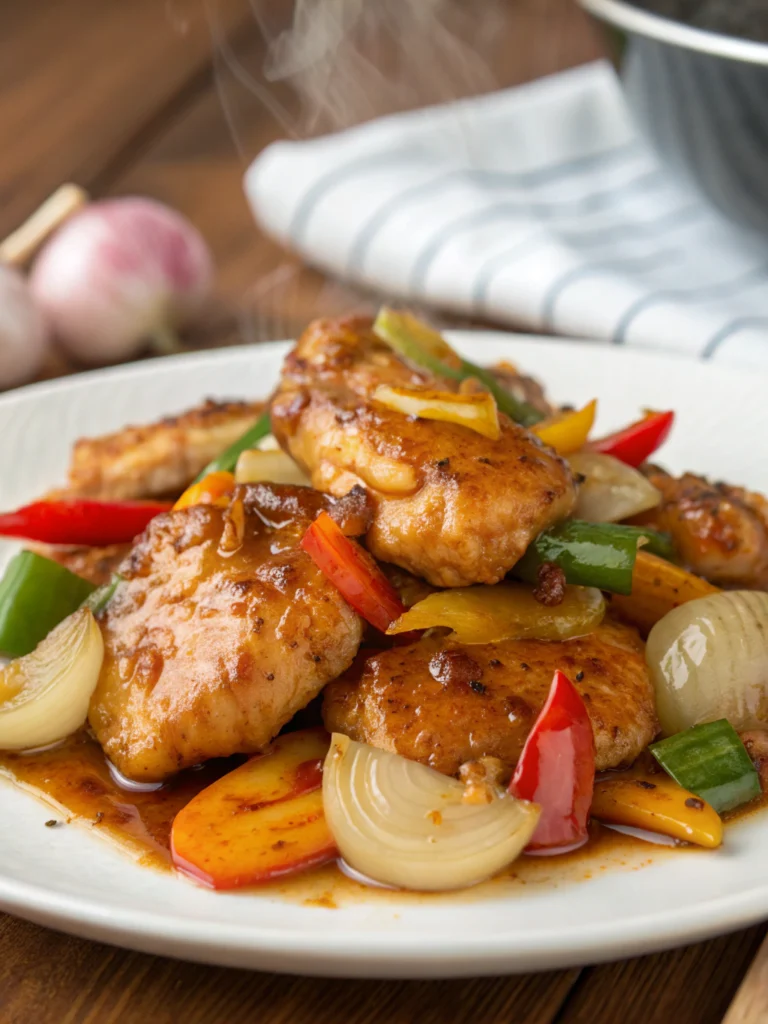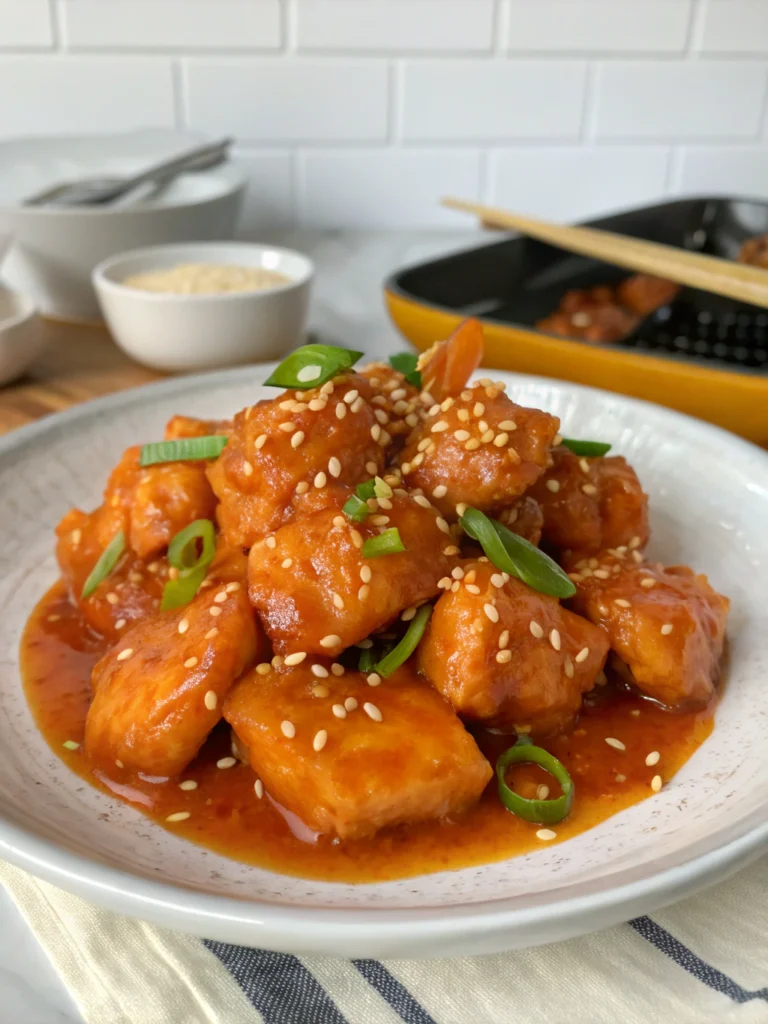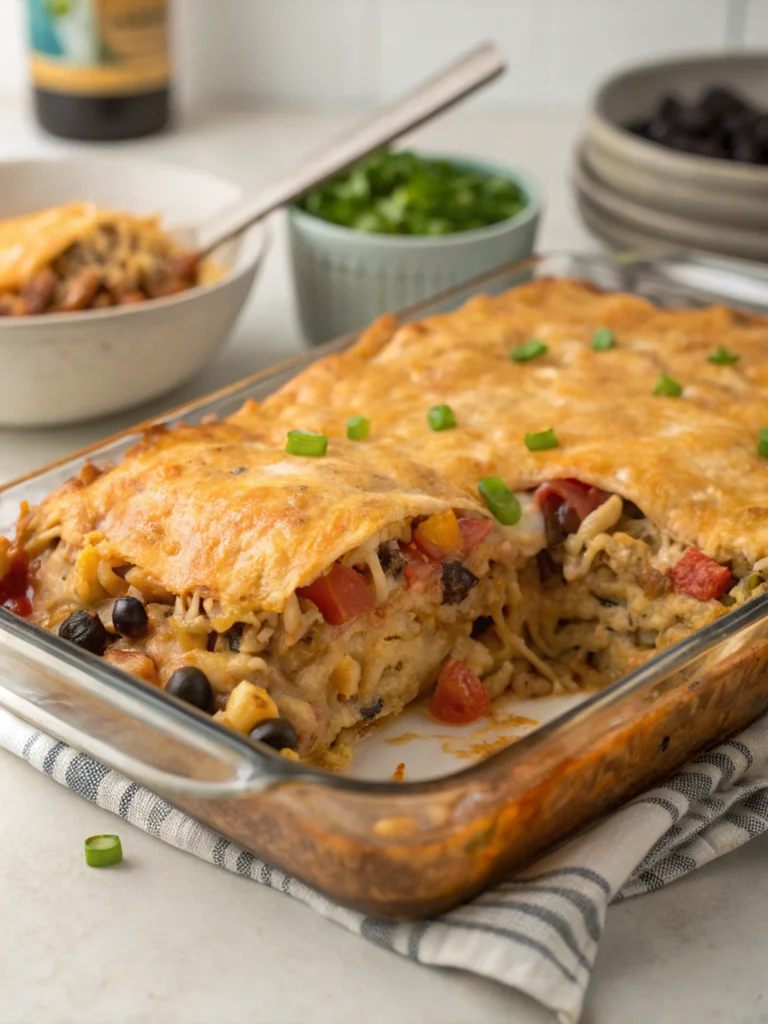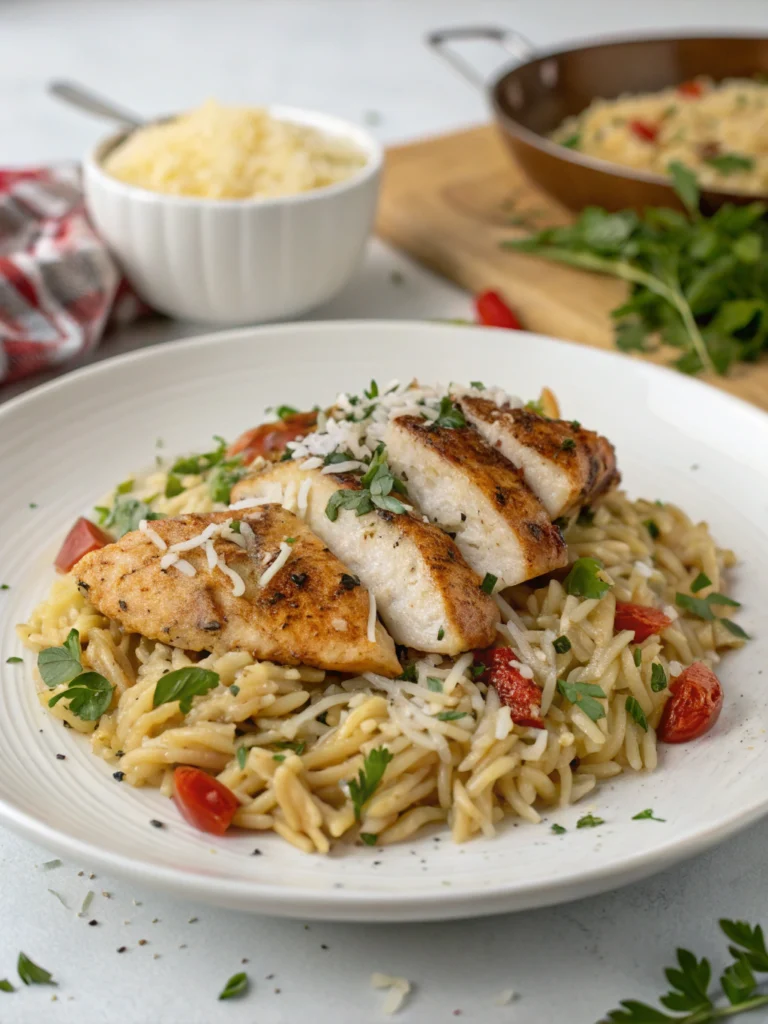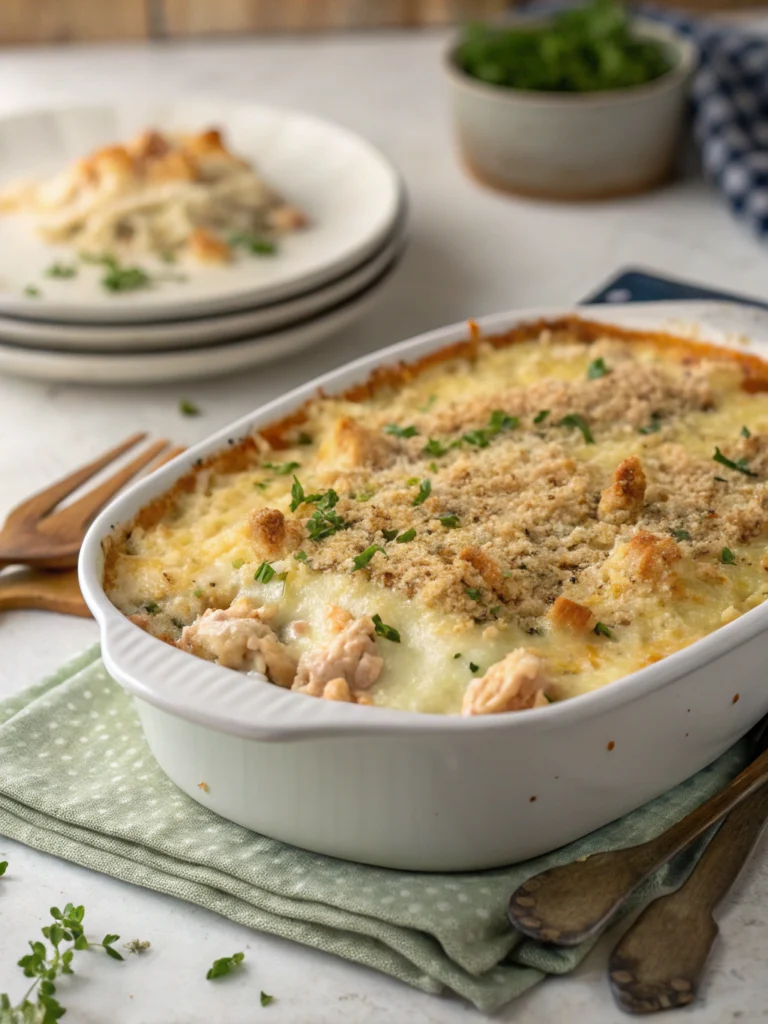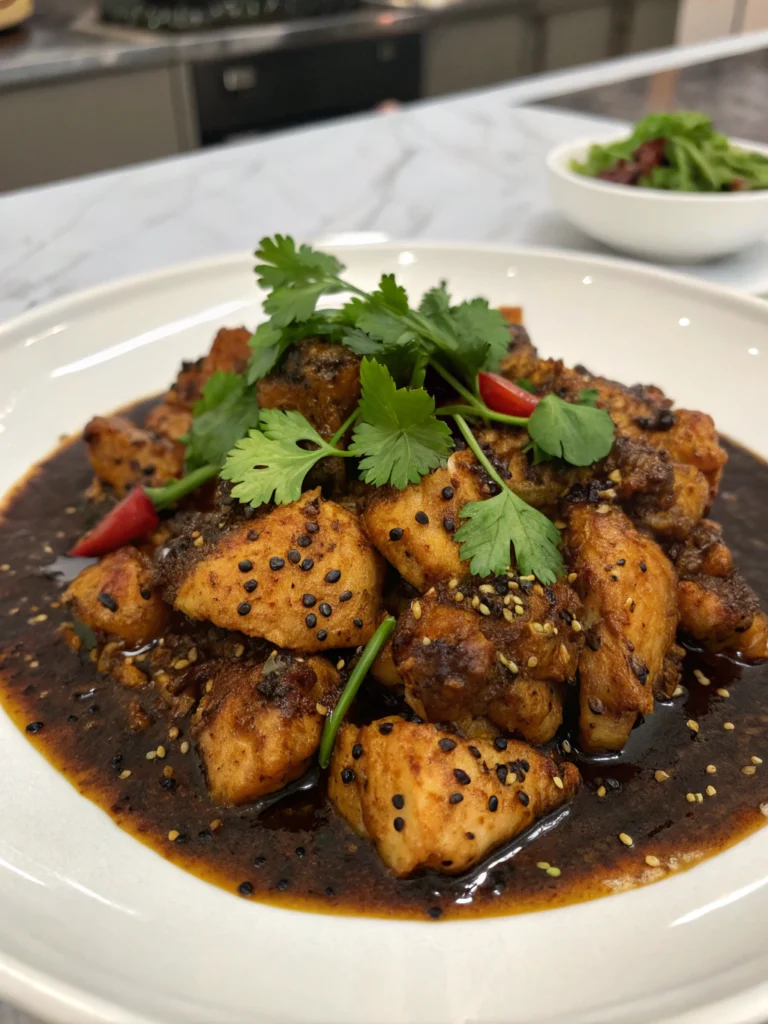Zucchini Noodles
Discover how to transform ordinary zucchini into delicious, healthy noodles that serve as the perfect low-carb pasta alternative. These zucchini noodles (or “zoodles”) are fresh, vibrant, and incredibly versatile – ready to complement any sauce or protein you pair them with.
Easy Zucchini Noodles Recipe
There’s something magical about transforming a humble zucchini into beautiful, twirling strands that mimic your favorite pasta. Zucchini noodles have taken the culinary world by storm, offering a nutrient-dense, gluten-free alternative to traditional pasta while maintaining that satisfying twirl-around-your-fork experience we all love.
Summer brings an abundance of fresh zucchini, making it the perfect time to master the art of homemade zucchini noodles. This garden vegetable shines when transformed into these light, refreshing strands that absorb flavors beautifully while providing a satisfying crunch or tender bite depending on how you prepare them.
THIS RECIPE:
- Requires just 5 ingredients and 15 minutes of your time
- Uses fresh zucchini transformed into pasta-like strands
- Works with or without special equipment
- Offers multiple cooking options from raw to sautéed
| Recipe Details | Time/Yield |
|---|---|
| Prep Time | 10 minutes |
| Cook Time | 5 minutes |
| Total Time | 15 minutes |
| Servings | 4 portions |
| Yield | About 4 cups zucchini noodles |
The beauty of zucchini noodles lies in their simplicity. With just a few ingredients and minimal preparation, you can create a nutritious base for countless meals. Whether you’re looking to reduce carbs, add more vegetables to your diet, or simply explore creative ways to use summer zucchini bounty, this zucchini noodles recipe delivers exceptional results with minimal effort.
Ingredients for Zucchini Noodles
The quality of your zucchini noodles depends almost entirely on the freshness and quality of your zucchini. Since this vegetable is the star ingredient, selecting firm, unblemished specimens will ensure the best texture and flavor in your final dish.
Basic Zucchini Noodles:
- 4 medium zucchini (about 2 pounds total)
- 2 tablespoons extra virgin olive oil
- 2-3 cloves garlic, minced
- ¼ teaspoon sea salt
- Freshly ground black pepper, to taste
Optional Flavor Enhancers:
- 2 tablespoons fresh herbs (basil, parsley, or chives)
- ¼ cup freshly grated Parmesan cheese
- ½ teaspoon red pepper flakes
- 1 tablespoon fresh lemon juice
When selecting zucchini for noodles, look for medium-sized ones that feel heavy for their size. Large zucchini often contain more seeds and water, which can make your noodles soggy. The skin should be vibrant green without blemishes, and the vegetable should feel firm when gently squeezed.
| Ingredient Category | Recommended Quantity | Quality Tips |
|---|---|---|
| Zucchini | Medium size (6-8″ long) | Choose firm zucchini with bright, unblemished skin |
| Olive Oil | Extra virgin | Select cold-pressed for best flavor |
| Garlic | Fresh cloves | Avoid pre-minced for optimal flavor |
| Salt | Sea salt or kosher salt | Coarse varieties allow better control of saltiness |
| Herbs (optional) | Freshly chopped | Use just before serving for brightest flavor |
How to Make Zucchini Noodles
Creating perfect zucchini noodles begins with properly preparing the vegetable and choosing your spiralizing method. The process is straightforward and can be accomplished with several different tools, from specialty spiralizers to simple kitchen implements you likely already own.
Wash and trim the zucchini: Rinse zucchini under cool water and pat dry. Cut off both ends of each zucchini.
Choose your spiralizing method:
- Spiralizer: Place zucchini in the spiralizer and turn the handle to create long, continuous noodles.
- Julienne peeler: Hold zucchini firmly and run the peeler down its length to create thin strips.
- Vegetable peeler: For wider “pappardelle-style” noodles, use a regular vegetable peeler to create long, flat strips.
- Box grater: Use the large holes of a box grater to create shorter strands.
- Knife method: Cut zucchini into very thin planks, then stack and slice into thin strips.
Remove excess moisture: Place zucchini noodles on paper towels or a clean kitchen towel. Sprinkle with a pinch of salt and let sit for 10 minutes. Gently pat dry or squeeze to remove excess water.
Choose your cooking method:
- Raw: Serve immediately for maximum crunch and freshness.
- Quick sauté: Heat olive oil in a large skillet over medium heat. Add minced garlic and cook for 30 seconds until fragrant. Add zucchini noodles and cook for 2-3 minutes, tossing gently with tongs until just tender but still slightly firm.
- Microwave: Place noodles in a microwave-safe dish and heat for 1 minute, checking for desired tenderness.
Season and serve: Toss with salt, pepper, and any optional ingredients like fresh herbs, Parmesan cheese, or lemon juice.
Pro tip: Avoid overcooking zucchini noodles – they release moisture quickly and can become mushy if cooked too long. The perfect zucchini noodle should maintain some texture and “bite” similar to al dente pasta.
Tips for Making Zucchini Noodles
Creating the perfect homemade zucchini noodles is all about understanding the vegetable’s properties and employing the right techniques. These expert tips will help you achieve zucchini noodle perfection every time.
• Keep the skin on your zucchini for added nutrition, color, and stability of your noodles
• Use medium-sized zucchini for the best texture and least seeds
• Salt and drain your noodles before cooking to prevent sogginess
• Cook zucchini noodles very briefly – they continue cooking from residual heat
| Technique | Recommendation | Why It Works |
|---|---|---|
| Spiralizing | Apply gentle, even pressure | Prevents breakage and creates uniform noodles |
| Removing moisture | Salt for 10 minutes before cooking | Draws out excess water for firmer noodles |
| Cooking method | Quick sauté or serving raw | Maintains texture and prevents mushiness |
| Sauce pairing | Use thicker sauces | Thinner sauces may make noodles watery |
When sautéing zucchini noodles, high heat and quick cooking are essential. A wide skillet allows the moisture to evaporate quickly rather than steam the noodles. For the most restaurant-worthy results, consider cooking your sauce separately and tossing with the cooked zucchini noodles at the last minute before serving.
Make-Ahead Instructions
Preparing components of your zucchini noodles dish in advance can be a time-saving strategy for busy weeknights. While the actual spiralizing is best done shortly before cooking, there are several steps you can complete ahead.
You can spiralize zucchini up to 2 days in advance. Store the raw noodles in an airtight container lined with paper towels to absorb excess moisture. Change the paper towels if they become very wet. This method keeps your zucchini noodles fresh and prevents them from becoming slimy.
If you’re preparing a complete zucchini noodle meal, consider preparing your sauce or protein toppings several days in advance. Most sauces will keep well in the refrigerator for 3-5 days and can be quickly reheated while you prepare fresh zucchini noodles.
For a truly grab-and-go meal prep option, you can fully prepare and cook your zucchini noodle dish, understanding that the texture will be softer upon reheating. To finish the dish after refrigeration, simply warm gently in a skillet over medium heat for 1-2 minutes.
Storing Leftovers
Proper storage of leftover zucchini noodles ensures food safety while maintaining as much of their texture and flavor as possible. Follow these guidelines for the best results with your leftover easy zucchini noodles.
Raw, uncooked zucchini noodles can be refrigerated for up to 2 days when properly stored. Place them in an airtight container lined with paper towels to absorb excess moisture. For cooked zucchini noodles, refrigerate within two hours of cooking and consume within 2-3 days.
Glass containers with tight-fitting lids are ideal for storing zucchini noodles as they don’t absorb flavors or stains. If your noodles are dressed with sauce, expect the texture to soften considerably during storage as the zucchini continues to release moisture.
When reheating, use gentle heat methods such as a quick toss in a hot skillet just until warmed through. Microwaving is not recommended as it can quickly turn your noodles mushy. Consider serving leftover zucchini noodles cold as a refreshing salad option if the texture has softened significantly.
Freezing Zucchini Noodles
Freezing can be an option for preserving zucchini noodles, though the texture will change significantly upon thawing. If you have an abundance of zucchini and want to freeze noodles for later use, here’s the best approach.
Blanch your zucchini noodles in boiling water for 1 minute, then immediately transfer to an ice bath to stop the cooking process. Thoroughly dry the blanched noodles using clean kitchen towels or paper towels. Divide into portion-sized amounts and place in freezer-safe bags, removing as much air as possible before sealing.
Frozen zucchini noodles can be stored for up to 3 months. When ready to use, don’t thaw before cooking – add them directly to your hot pan from frozen. This helps prevent them from becoming overly soggy. Use frozen zucchini noodles in cooked dishes rather than raw applications for best results.
Pro tip: Frozen zucchini noodles work particularly well in soups, casseroles, and stir-fries where their softer texture after freezing won’t be as noticeable.
Serving Suggestions
Zucchini noodles are incredibly versatile and can be paired with countless flavors and ingredients to create satisfying meals. Their mild flavor makes them an excellent canvas for both bold and subtle toppings.
For a classic approach, toss your homemade zucchini noodles with marinara sauce and top with meatballs or grilled chicken. The vegetable noodles provide a lighter base that lets the sauce shine. For a summer meal, try a no-cook approach with pesto, fresh cherry tomatoes, and small balls of fresh mozzarella.
Asian-inspired dishes work beautifully with zucchini noodles. Try them in place of regular noodles in a pad thai or with a simple stir-fry sauce, bell peppers, and your protein of choice. For a Mediterranean flavor profile, toss warm zucchini noodles with olive oil, lemon juice, crumbled feta, kalamata olives, and fresh dill.
Beverage pairings depend on your chosen sauce, but in general, crisp white wines like Sauvignon Blanc or Pinot Grigio complement the fresh nature of zucchini noodles beautifully. For non-alcoholic options, sparkling water with lemon or lime provides a refreshing counterpoint.
Serve zucchini noodles immediately after preparing for the best texture and temperature. If making a cold zucchini noodle salad, allow it to chill for about 30 minutes before serving to let the flavors meld.
FAQ
Can I use yellow summer squash to make noodles?
Absolutely! Yellow squash works just as well as zucchini for making vegetable noodles. The technique is identical, though you may notice yellow squash has a slightly sweeter flavor and sometimes a bit more moisture. You can even mix green zucchini and yellow squash noodles for a colorful presentation.
Do I need to peel zucchini before making noodles?
No, it’s not necessary to peel zucchini before making zucchini noodles. The skin contains beneficial nutrients and adds color to your dish. It also helps the noodles hold their shape better. Just be sure to wash the zucchini thoroughly before spiralizing.
What can I do if my zucchini noodles turn out watery?
Watery zucchini noodles are a common issue. To prevent this, salt the raw noodles and let them sit for 10-15 minutes before cooking. The salt draws out moisture, which you can then pat away with paper towels. Also, avoid overcooking – zucchini noodles should be in the pan for just 2-3 minutes maximum. Finally, make sure your pan is hot before adding the noodles so the moisture evaporates quickly.
What if I don’t have a spiralizer?
No spiralizer? No problem! You can make zucchini noodles using several alternative tools. A julienne peeler creates thin strips that work well as noodles. A standard vegetable peeler can create wider ribbons (like pappardelle). In a pinch, you can even carefully cut zucchini into thin planks with a knife, then slice those planks into thin strips. Many grocery stores also sell pre-spiralized zucchini noodles in the produce section.
Can zucchini noodles replace pasta in any recipe?
Zucchini noodles can replace regular pasta in most recipes, but you’ll need to adjust cooking techniques. Unlike wheat pasta, zucchini noodles don’t absorb liquid, so they’re best paired with thicker sauces that will cling to them. Heavy cream-based sauces, pestos, and chunky marinara work particularly well. For soup recipes, add the zucchini noodles at the very end of cooking to prevent them from becoming overcooked and mushy.

